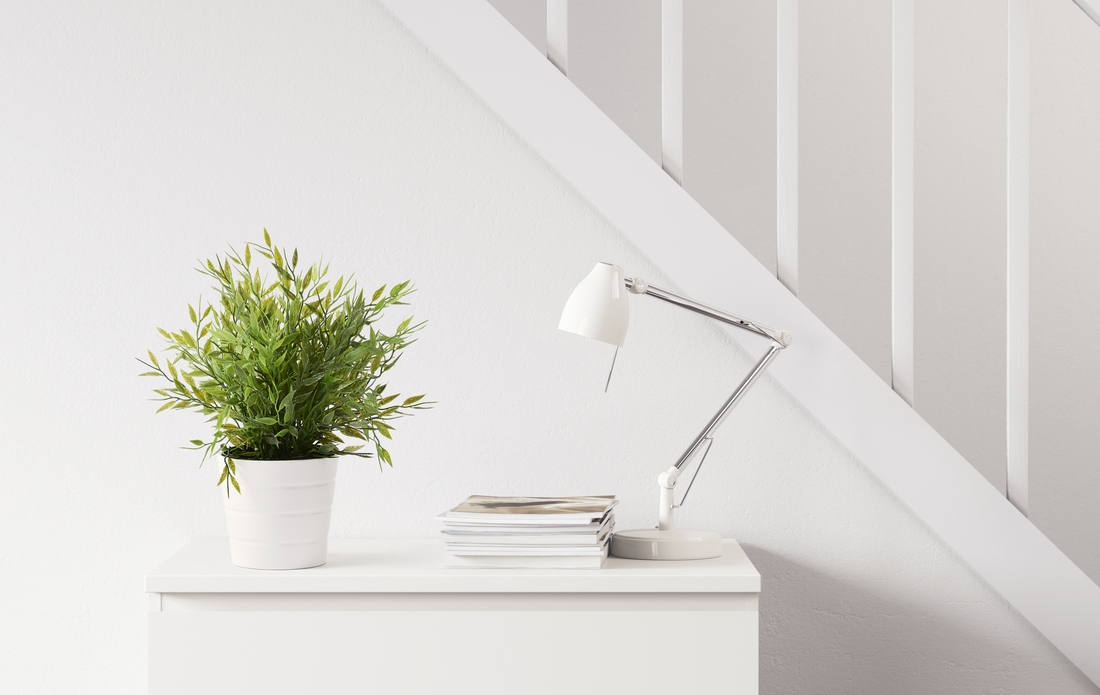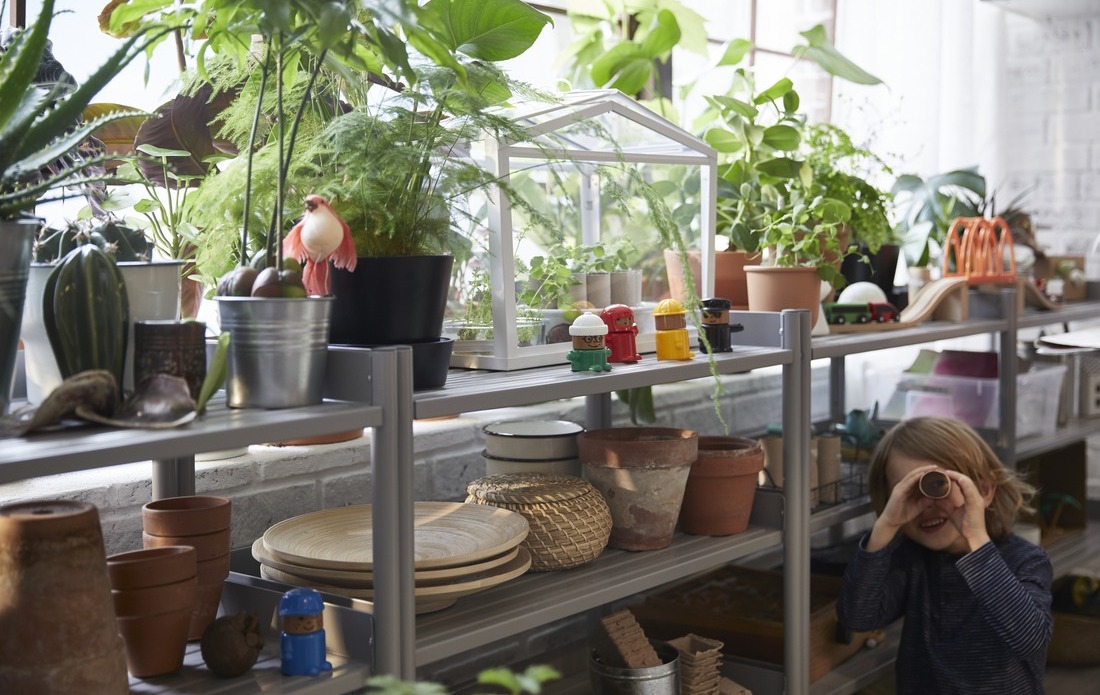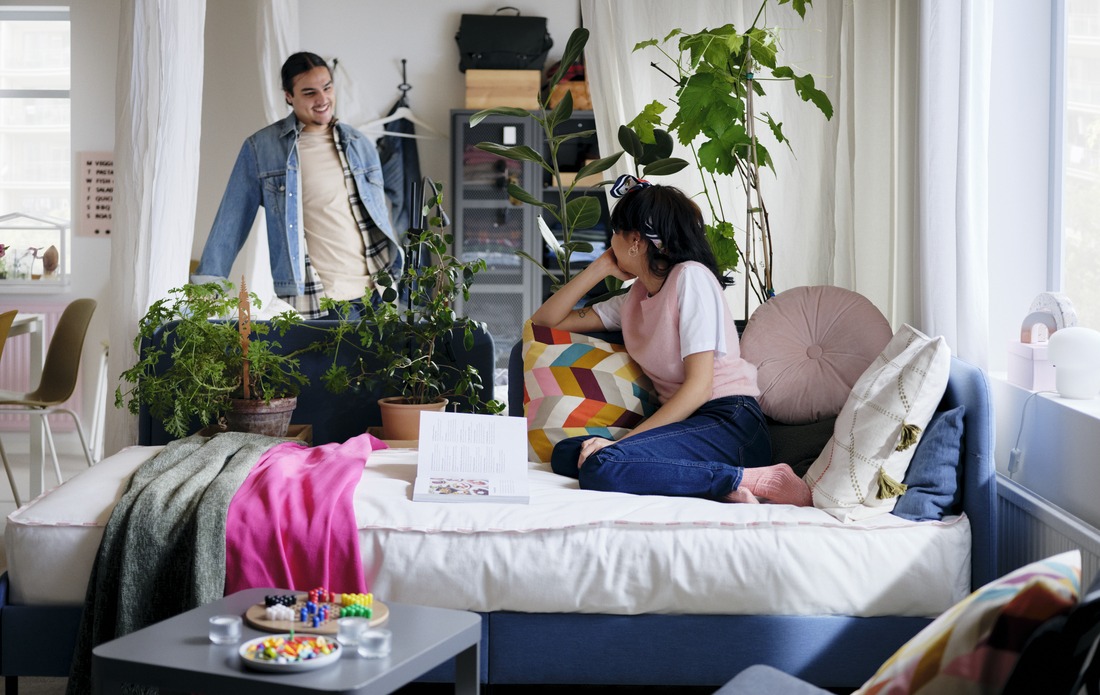Eco-friendly home design with sustainable concepts



Having a comfortable and healthy home is a dream for many people, especially as awareness of environmental sustainability continues to grow. One way to achieve this is by implementing an eco-friendly home concept.
This type of home design not only prioritizes the comfort of its occupants but also helps reduce negative environmental impacts.
Read on to learn how you can create a comfortable and sustainable living environment in your home.
An eco-friendly home is designed with sustainability principles to minimize negative environmental impacts. To better understand this concept, let’s look at the definition and ideas behind eco-friendly homes.
An eco-friendly home is a residence designed with sustainability principles to help reduce carbon footprints and greenhouse gas emissions.
By efficiently utilizing resources, such as maximizing natural light and optimizing ventilation systems, this type of home not only ensures comfort for its occupants but also contributes to environmental preservation.
A home that balances the needs of its residents with environmental sustainability is an ideal choice for those looking to live more eco-consciously.
Read also: 10 Popular Minimalist House Models and Designs
Eco-friendly homes typically feature optimal natural lighting, efficient ventilation systems, and building materials sourced from recycled or environmentally friendly materials.
Additionally, these homes utilize renewable energy sources, such as solar panels, to reduce dependency on conventional electricity.
By minimizing energy consumption and using eco-friendly technology, these homes are not only more efficient but also create a more comfortable living environment.
More than just modern home design, green building focuses on reducing greenhouse gas emissions and optimizing resource management. Let’s explore the definition and benefits of green building.
Green building refers to structures designed with sustainable principles to reduce environmental impacts.
By using eco-friendly materials and efficient technologies, green buildings help minimize emissions and improve indoor air quality.
In addition to their positive environmental impact, green buildings also create a comfortable and healthy living space for occupants.
The main difference between green buildings and conventional homes lies in their energy and material efficiency.
Green buildings use durable and recycled construction materials and utilize renewable energy sources to minimize electricity consumption.
Meanwhile, conventional homes are generally more energy-intensive and produce more waste, potentially harming the environment.
Combining green building and green architecture concepts helps create healthier living environments while reducing negative environmental impacts. Here are some fundamental principles and applications in designing comfortable and modern homes.
Green architecture emphasizes maximizing natural light and optimal air circulation to reduce electricity usage.
Additionally, using energy-efficient technology and environmentally friendly building materials contributes to a more comfortable and sustainable home.
Eco-friendly home designs not only prioritize aesthetics but also the health of occupants. Choosing the right colors and materials can enhance indoor air quality.
Moreover, incorporating indoor plants creates a relaxing green space while naturally improving air quality.
Choosing the right materials not only reduces negative environmental impacts but also increases energy efficiency and home comfort. Here are some materials to consider.
Materials like FSC-certified wood, bamboo, and eco-friendly bricks are recommended because they come from renewable sources and have low carbon footprints.
Additionally, low-emission paints and wall coatings improve indoor air quality, creating a healthier environment for residents.
To support eco-friendly home concepts, solar panels can be an efficient and sustainable alternative energy source. Green roofs can also help reduce indoor heat, maintaining a comfortable room temperature without excessive air conditioning use.
Building an eco-friendly home doesn’t mean sacrificing comfort and aesthetics. With the right design, you can create a modern living space that remains energy-efficient. Here are some tips for designing a comfortable eco-friendly home:
Strategically placing windows maximizes natural sunlight for lighting, reducing the need for artificial lighting during the day. Choose double-glazed windows to maintain indoor temperatures, reducing the need for air conditioning or heating.
Multifunctional furniture, such as sofa beds or folding tables, can save space and reduce construction material usage. It can also help create a more organized and tidy home.
LED lights are more energy-efficient and have a longer lifespan than traditional bulbs. LED lights come in various colors and brightness levels, allowing you to customize each room’s lighting needs.
Utilize rainwater as an alternative water source for watering plants, cleaning outdoor areas, or even for toilets. Install a rainwater collection system with filters to maintain water quality while conserving clean water usage.
By adopting sustainable design principles, you can create a healthier, more efficient, and comfortable living space. Additionally, eco-friendly home designs generally have higher resale values, making them a smart long-term investment.
If you’re looking to build a functional and eco-friendly dream home, consider using IKEA’s interior design services. IKEA’s expert interior designers are ready to help you create a modern and comfortable living space using high-quality, sustainably designed products.
With a wide selection of sustainable and quality products, IKEA is here to help you build a better home.
Visit the IKEA website to learn more and take the first step towards a better living environment.
Author:
Ayu Nindyakirana
(Web & Digital Content Specialist)
Please enter the verification code sent to your WhatsApp
Did not receive OTP?
Resend code in seconds